- 翰林提供学术活动、国际课程、科研项目一站式留学背景提升服务!
- 400 888 0080
IB物理课程真题讲解: 比潜热、理想气体
IB物理课程真题讲解: 本题是 2017 年 IB 物理试卷 paper 2 的一道大题,在 SL 和 HL 的试卷中,这道题基本没什么区别,所以适用于所有考 IB 物理的学生。这道题主要涉及到了功率、比潜热、和理想气体的知识,具体讲了液氧蒸发成氧气的过程。
如下图所示,一个氧分子是由两个氧原子组成,是双原子分子 (diatomic molecule)。液氧(左图)的分子结构比较紧密,分子之间作用力明显;而蒸发成氧气后(右图),分子之间的间距非常远,分子之间作用力随之变得微弱。
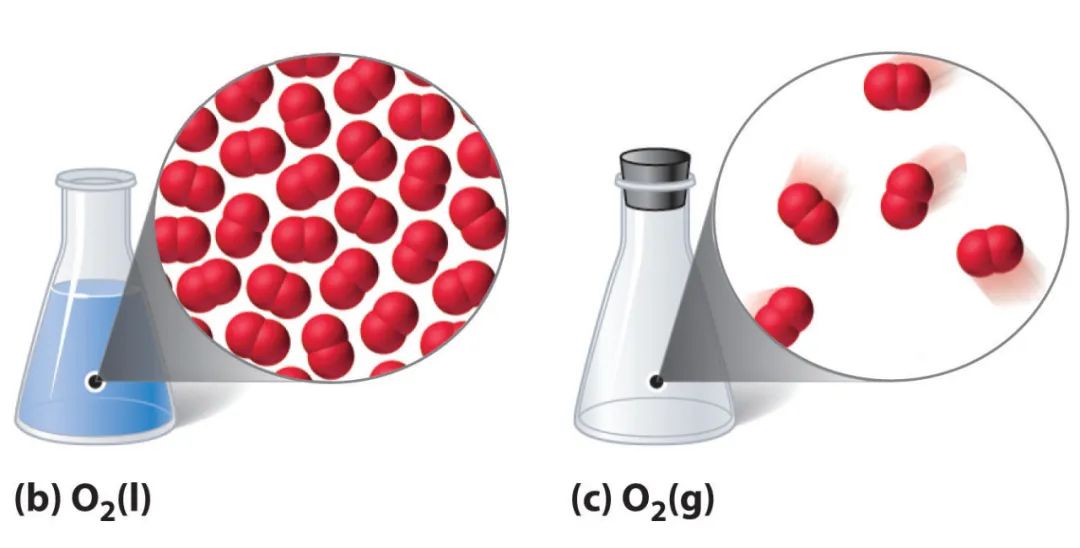
我们在做 IB 物理大题时,一定要看每一小问的分值情况,如果是 [1] 分的小问,说明只有一个得分点,没必要写太多、浪费时间;如果是 [4] 分的小问,就对应四个得分点,需要认真对待,至少也得写出四个方面来覆盖到四个得分点。这是答题中的技巧。
下面看题吧,希望你先尝试着自己完成这道题,自己思考、做完一遍后,再看后面的答案解析。答案解析中标注 "✔️ " 的位置,表示此处得 1 分。
Liquid oxygen at its boiling point is stored in an insulated tank. Gaseous oxygen is produced from the tank when required using an electrical heater placed in the liquid.
The following data are available.
Mass of 1.0 mol of oxygen = 32 g
Specific latent heat of vaporization of oxygen = 
(a) Distinguish between the internal energy of the oxygen at the boiling point when it is in its liquid phase and when it is in its gas phase. [2]
(b) An oxygen flow rate of  is needed.
is needed.
(i) Calculate, in kW, the heater power required. [2]
(ii) Calculate the volume of the oxygen produced in one second when it is allowed to expand to a pressure of 0.11 MPa and to reach a temperature of . [2]
. [2]
(c) State one assumption of the kinetic model of an ideal gas that does not apply to oxygen. [1]
答案解析:
(a) 问中考察了处于沸点的氧,其液态和气态内能的区别。该小问共两分,第一个得分点是解释一下内能是所有分子势能和动能的和,即:
Internal energy is the sum of all the potential energy and kinetic energy of the molecules of the oxygen. ✔️
第二点则可以针对 “沸点” ,处于沸点的液氧被加热是一个相变过程,相变过程的特点是温度不变,所以动能不变;加热所输入的能量用来打破液氧之间的 bonds,使氧分子之间相互远离,成为气态氧分子,势能增加了。动能不变,势能增加,所以气态氧分子的内能比液氧大。这些解释又可以写出如下两个得分点:
At boiling point, the average kinetic energy of molecules in liquid and gas is the same ✔️
Gas has a higher internal energy than liquid ✔️
以上三个得分点写出两个即可。
(b) (i) 问告诉了我们单位时间 (即 1 秒钟) 需要 0.25 mol 的氧气,要求加热器的功率。由于功率是单位时间内加热器输入的热量,不妨先将功率进行展开: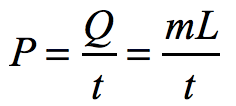
上式中,热量 Q 用来使液氧发生相变,所以有 Q = mL,式中 L =  ,是液氧的比潜热。想求 P,下面就要解决上式中的 m / t。由于已知中涉及到摩尔数 n 和摩尔质量 μ,可将液氧质量 m 展开,有:
,是液氧的比潜热。想求 P,下面就要解决上式中的 m / t。由于已知中涉及到摩尔数 n 和摩尔质量 μ,可将液氧质量 m 展开,有:
式中 n / t = 0.25 mol/s, μ = 32 g/mol,均为已知,代数计算可得: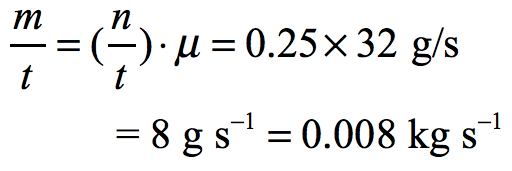 ✔️
✔️
注意上式中需要把结果化为国际单位制,即 kg / s,据此得到 1 分。接下来将该结果代入到上面功率 P 的表达式中、计算,即可得到第 2 分: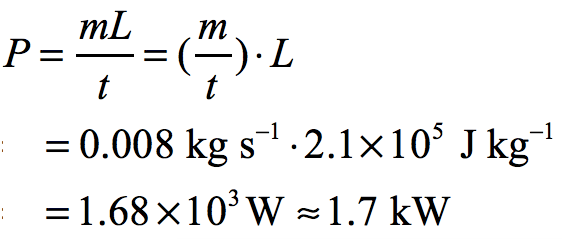 ✔️
✔️
结果需注意两点:一是题目中已知的有效数字是 2 位,所以结果中要约为 2 位有效数字;二是本小问明确要求以 “kW” 这个单位呈现结果,不要忘记。
(b) (ii) 小问中涉及到体积 V,压强 p,以及 温度 T 这三个物理量,十有八九是在考察理想气体状态方程:pV = nRT 。由于式中的 T 是绝对温度,单位是 “K”,所以第一件要做的事是将  转换为 “K” 这个单位:
转换为 “K” 这个单位: ✔️
✔️
接下来就是根据题目中的问题来对 pV = nRT 进行变换、代数求解。题中要求单位时间 (每秒) 内产生氧气的体积,即 V / t ,那么我们不妨将 pV = nRT 两端同除以时间 t,凑出 V / t 这个物理量: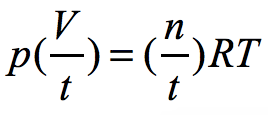
左式中,压强 p 是已知;右式中,单位时间内产生氧气的摩尔数 n / t 、气体常数 R、绝对温度 T 均为已知,代入上式即可求出结果: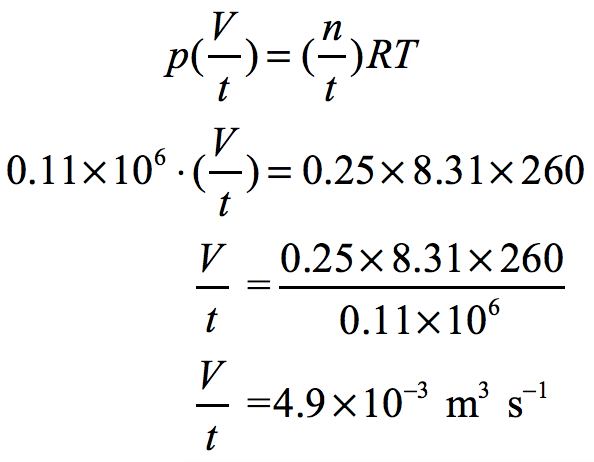 ✔️
✔️
(c) 问主要考察了理想气体运动模型的几个假设,这些假设中的哪一个都不能适用于实际气体,最多只是一个近似,所以只要写出其中一个即可。下面我列出五个主要的,需要同学们背一下:
The molecules are point particles, each with negligible volume ✔️
No intermolecular forces between gas particles ✔️
Ideal gas cannot be liquefied or solidified ✔️
The collisions of the particles with each other and with the container walls are elastic ✔️
Ideal gas assumes monatomic particles ✔️
扫码添加翰林顾问老师,可一对一制定国际课程规划
【免费领取】IB/IBDP 备考资料合集~


最新发布
© 2025. All Rights Reserved. 沪ICP备2023009024号-1









